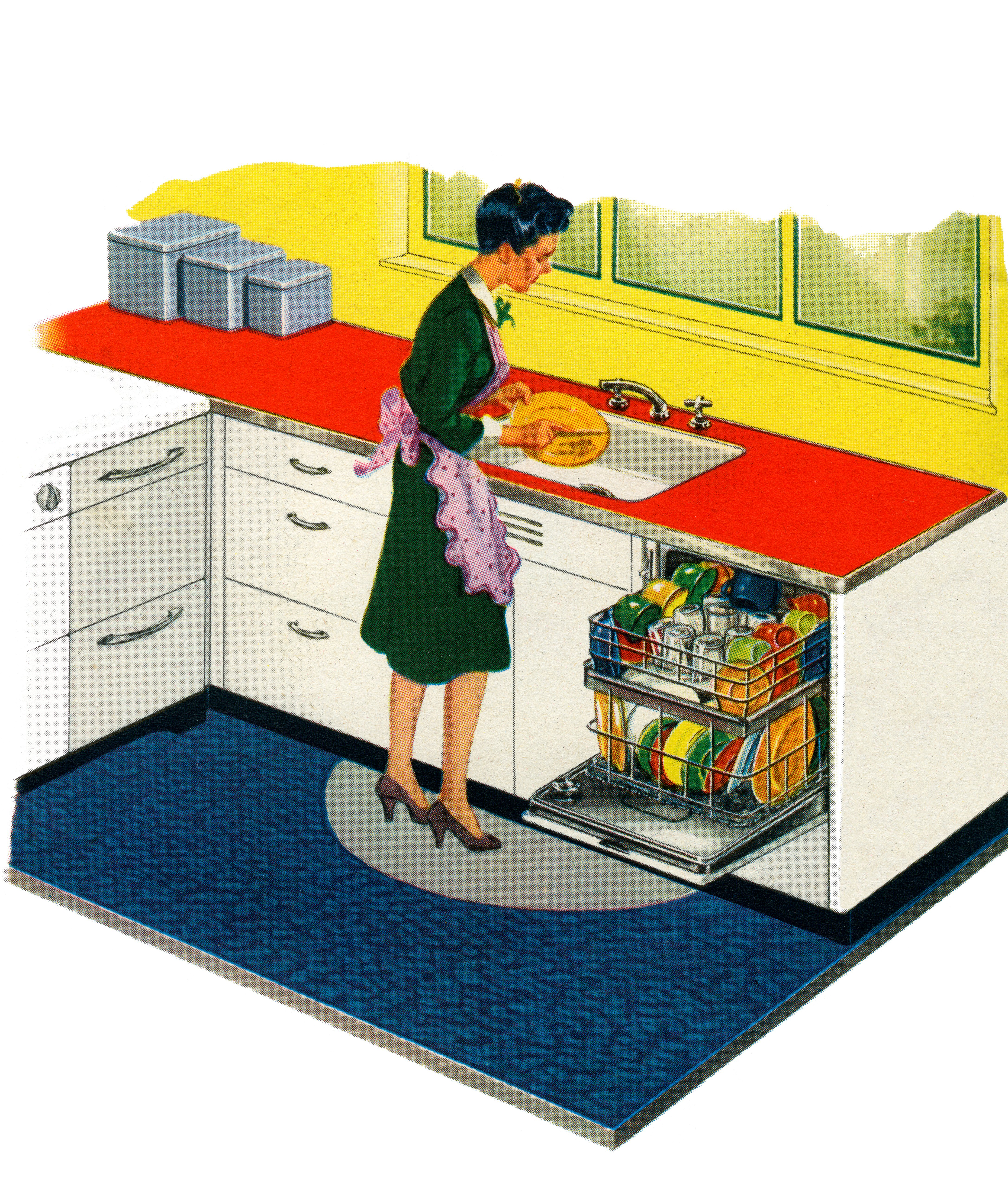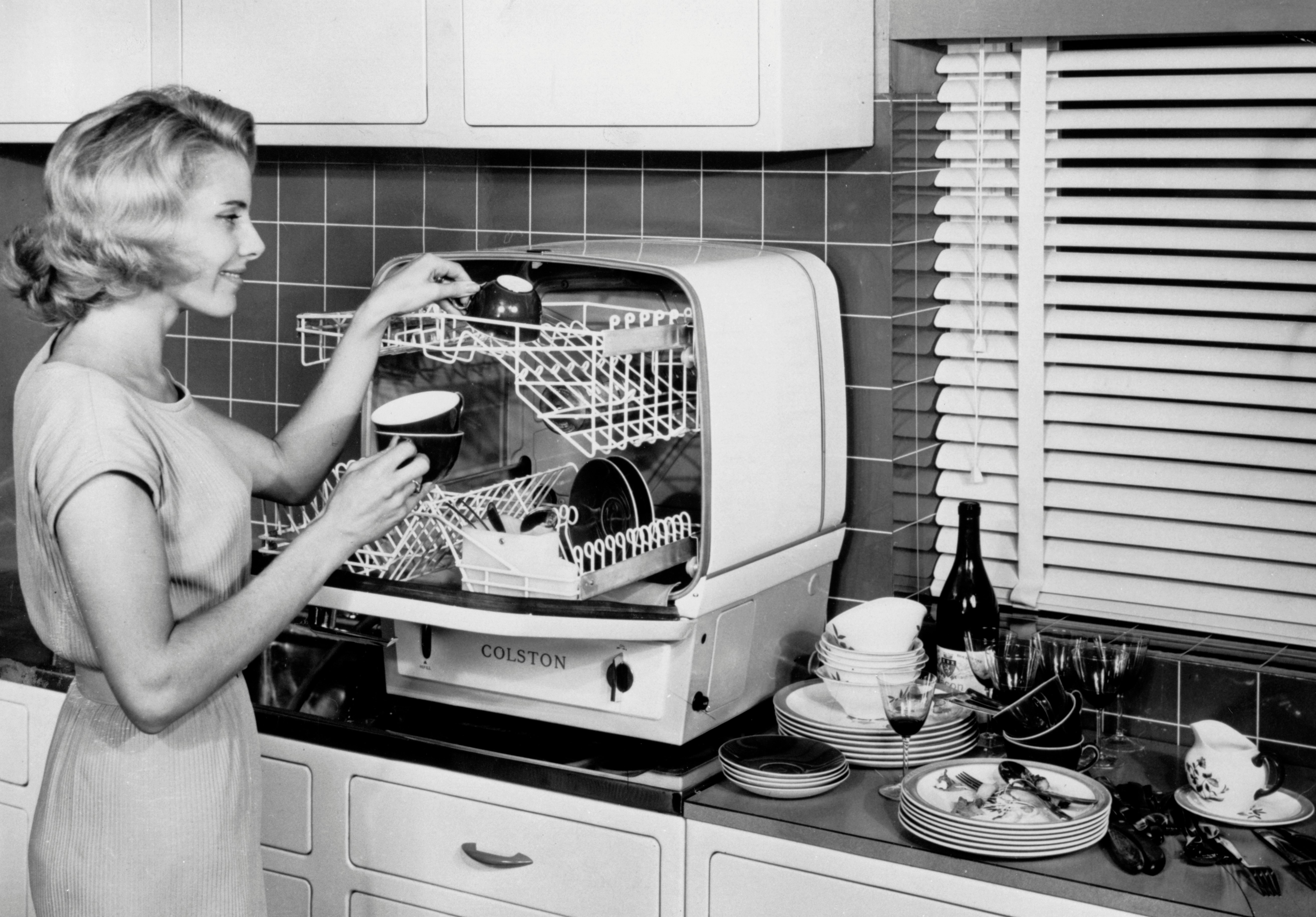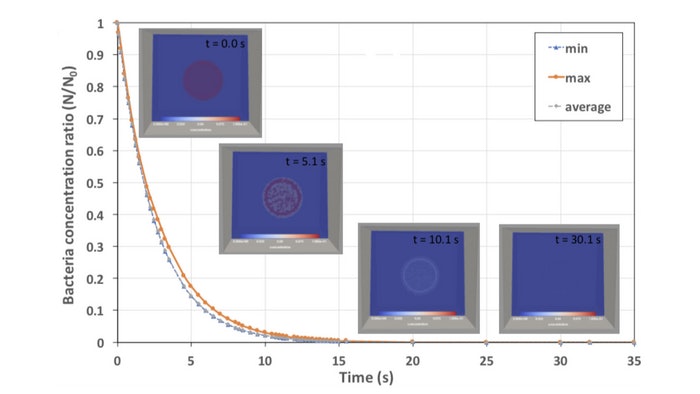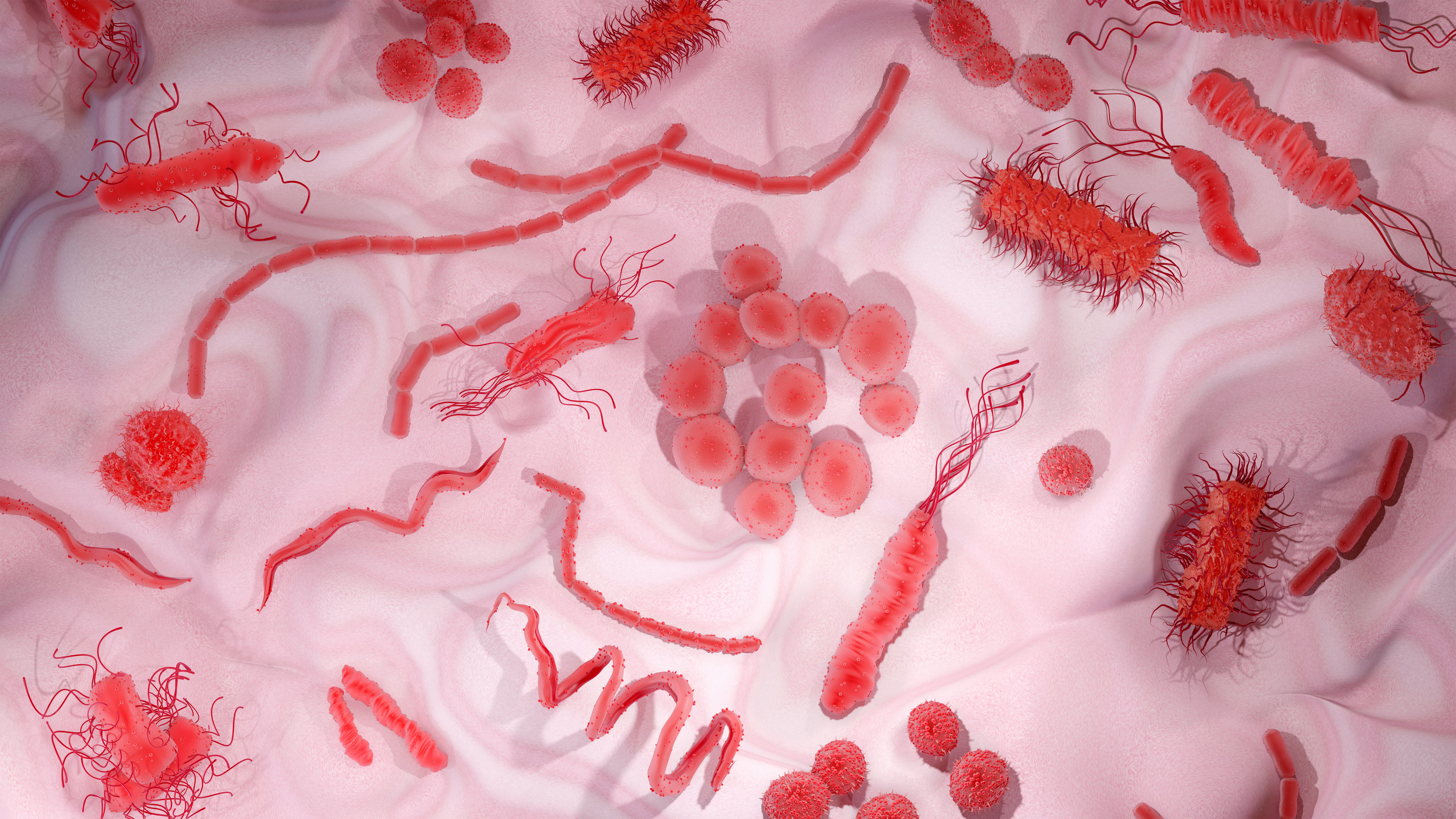
For those fortunate enough to have them, dishwashers can feel like a straight-up miracle. But the shiny appliances are far from perfect: Conventional dishwashers still don’t actually kill all of the harmful bacteria lurking on used dishes and cutlery. They can also harbor germs in their rubber seals.
Plus, the machines take a while to get the job done — usually over an hour — and consume tons of energy while they’re at it. One dishwasher, on average, consumes between 1.2 kWh and 1.5 kWh per load.
And because they need detergents and soaps to sanitize our silverware, they also pollute surrounding waterways.
But now, science is giving dishwashers a much-needed boost. And it may not be the technology you’d expect.

What’s new — Machines powered by superheated steam could clean our dishes quicker and more thoroughly — inactivating 99 percent of bacteria in just 25 to 30 seconds — all the while consuming less energy, according to a new study published in the journal Physics of Fluids.
“This work invites us to rethink some of our conventional applications, and this can then be an important contribution to sustainability,” Natalie Germann, a lead study author and professor of fluid mechanics at the Technical University of Dortmund, tells Inverse.
Researchers tested out their steamy idea with a mathematical model that predicts the best way to kill off pathogens.
Here’s the background — Inventor Joel Houghton patented the first dishwasher in 1850, but it wasn’t exactly the sleek steel powerhouse we know today. He created a wooden box with scrubbers and a water faucet that was powered by a hand-turned wheel.
A few decades later in 1886, the modern dishwasher arrived on the scene, when it was invented by U.S. socialite Josephine Cochrane. Her inspiration: Since her servants washed her fine china by hand, it would often chip when scrubbed in the sink.
So she envisioned a mechanically automated box that splishes and splashes dinner dishes with water and soap. Most importantly, it used water pressure, not scrubbers, to clean the dishes.

It took a while for dishwashers to pick up with the public, but since around the 1950s they have completely transformed U.S. kitchens (though the relatively pricy appliances are far less common around the world). Today, dishwashers seem to miraculously spit out clean, shiny bowls and plates. But they could still use an environmentally friendly upgrade.
What they did — Germann’s team began looking into how to streamline washing machines after she was approached by industry leaders about the conventional dishwasher’s limitations, such as the excessive energy required per load.
So Germann dreamed up a washing machine powered by steam — after all, it comes in handy with turbines and locomotives.
To kick off the cycle, she ran mathematical simulations to test out whether a dishwasher that sprays extremely hot steam inside could inactivate bacteria on a dirty plate. Based on the survival rate of different types of bacteria at high temperatures, she calculated how long it would take to annihilate them.
These formulas helped them envision an open-top box with a steam-spraying nozzle at the bottom. In less than 30 seconds, the imagined machine theoretically massacres all bacteria, Germann says.

Here’s how it works:
- Steam erupts from the nozzle at a high velocity — 65,000 centimeters per second, to be exact.
- The quick-moving steam creates whirls of air within the box that give off tiny shocks of intense pressure, around 145 pounds per square inch, to blast debris off plates.
- The hot steam raises the box’s interior temperature to 356 degrees Fahrenheit, which neutralizes heat-sensitive bacteria.
- That steamy heat infiltrates the tiny pores of the plate, further killing off microbes.
- Once the steam reaches cooler parts of the box, it creates condensation that can rid any extra food particles still stuck to the plate.
Why it matters — It takes a lot of energy to make superheated steam, but overall it’s worth it for the extremely quick washing time. “And therefore I think, in the long run, it will pay off,” Germann says.
Superheated heated steam will likely prove more effective than conventional dishwashers that use heat to sanitize, says Subrata Roy, an applied physicist who researches fluid dynamics and heat transfer at the University of Florida and was not involved in the study. But to make this research practical, you have to consider the potential appliance’s energy cost and the thermal stress on heat-sensitive utensils, he says.
And although this is an “excellent numerical exercise,” it may, in reality, take longer to kill a spore or spore-forming bacteria, Roy says. Also, there are plenty of heat-resistant foodborne pathogens, like Campylobacter, E. coli, and salmonella, so those must also be taken into consideration.

And the model is still pretty basic: Real dishwashers load multiple wares, unlike the single-item model, so more research will determine how superheated steam dishwashers can neutralize microbes on multiple items at the same time and work differently, Germann says.
For example, it could take a bit longer than the new dishwasher model suggests to neutralize the bacteria, as Roy suggested, or the shocks induced by the steam may vary according to where they’re aimed inside the simulated machine.
What’s next — Though the researchers have only envisioned a basic digital prototype, they aim to trick it out with additional features. They could increase the number of nozzles, for example, and adjust their shape and position to make it even more powerful, Germann says. Overall, they want to ensure that the steam hits dishes in every possible direction.
Such a device is urgently needed, given severe droughts around the world and a looming energy crisis. But it’ll still take a while to test out all of the machine’s possible iterations, she says.
In the long run, this futuristic appliance could work best in restaurants and hotels with massive loads of dishes, as well as places that demand extremely clean tools, such as hospitals and hospice centers.
“This is a promising result for places where hygienic safety is of great importance and cannot be achieved with a conventional dishwasher operating at [140 degrees Fahrenheit],” Germann says.







